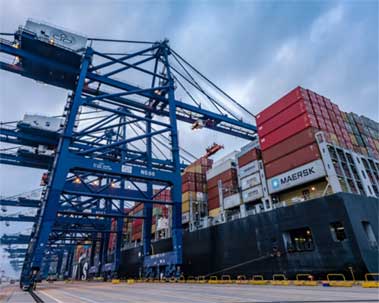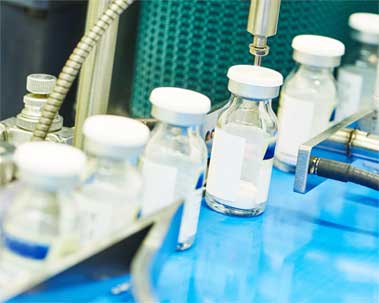The leakage rate refers to the total amount of fluid leaked through the main seal and auxiliary seal in unit time; it is an important index for evaluating the sealing performance of the fluid. The leakage rate depends on many factors, mainly on the lubrication state during sealing operation. The leakage rate of the mechanical seal is close to zero without the existence of the liquid film, but it is usually not allowed to run in this state of friction, because the wear rate of the seal ring is very high. Contact seals are mostly operated under the condition of boundary lubrication, which is supported by the direct contact between the liquid membrane pressure and the contact micro protrusion. The viscous pressure flow of the liquid and the viscous shear flow along the uneven surface caused by the relative movement of the sealing surface will cause leakage. The leakage rate of fluid seals in full fluid film lubrication, such as hydro-static or hydrodynamic seals, is generally large. The judgement of whether the leakage rate index of the seal is qualified or not depends on the characteristics of the working medium and the specific occasions of the sealing operation.
The amount of wear is the wear value of the sealing face on the axial length after sealing operation for a certain time. The amount of wear must meet the design requirements of the service life of the sealing device. The wear rate is the evaluation index of material wear resistance, that is, the resistance to wear under certain friction conditions. When adhesive wear or abrasive wear occurs, the wear rate of the material is inversely proportional to the compress yield limit or hardness of the material, that is, the harder the material is, the more wear-resistant it is. Some anti-friction materials rely on their low friction coefficient rather than high hardness to obtain excellent wear resistance. Soft materials such as graphite and polytetrafluoroethylene, which are self-lubricating, have excellent anti-friction properties. Under certain conditions, they even have longer life than hard materials. Reasonable selection of matching materials, providing good lubrication and cooling conditions is an important measure to ensure the low wear rate of the sealing friction pairs.
 English
English français
français Deutsch
Deutsch Español
Español italiano
italiano русский
русский português
português العربية
العربية ไทย
ไทย čeština
čeština Polska
Polska


